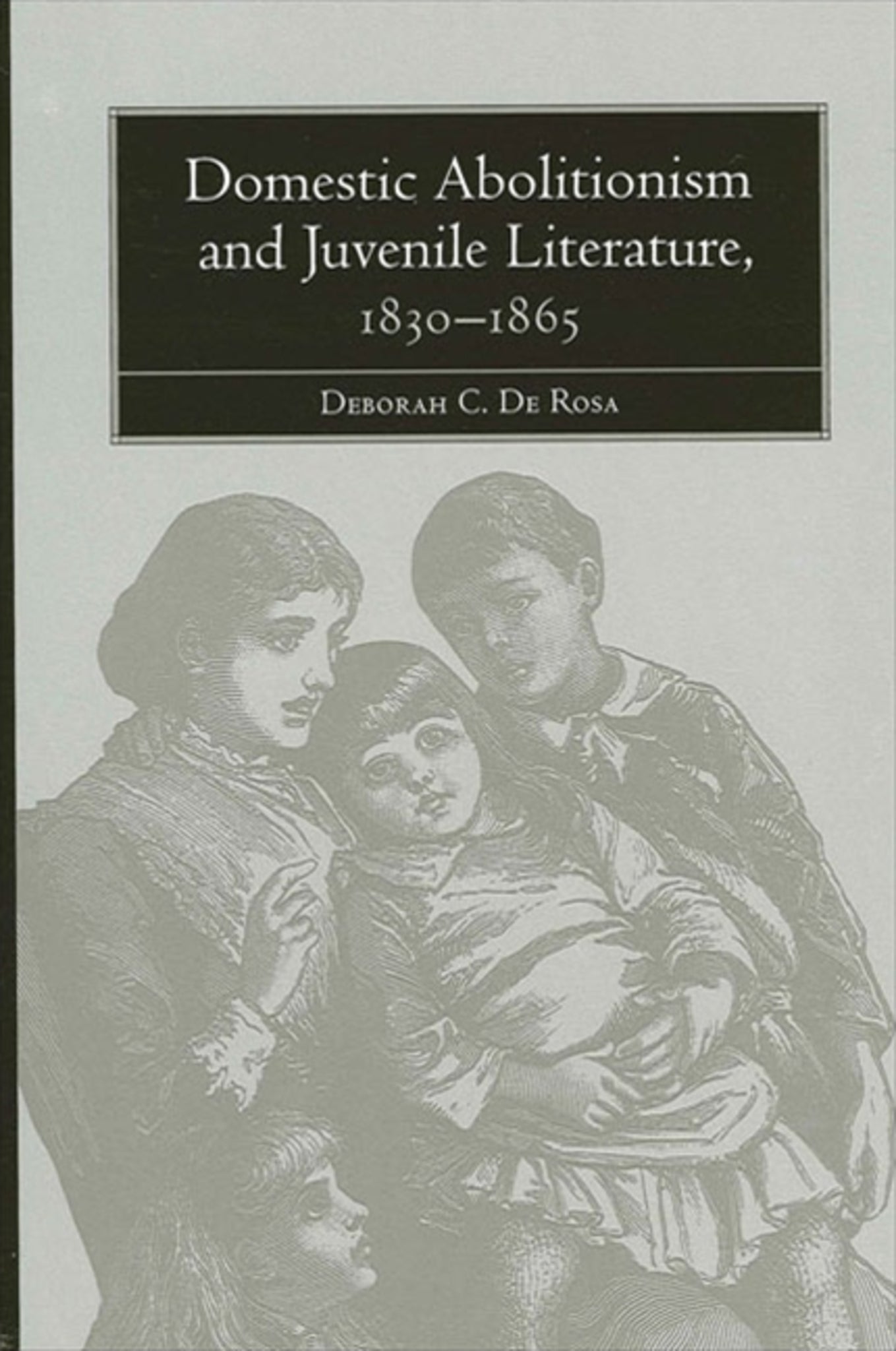We're sorry. An error has occurred
Please cancel or retry.
Domestic Abolitionism and Juvenile Literature, 1830-1865

Some error occured while loading the Quick View. Please close the Quick View and try reloading the page.
Couldn't load pickup availability
- Format:
-
25 September 2003

Explores why women abolitionists turned to children's literature to make their case against slavery.
Deborah C. De Rosa examines the multifaceted nature of domestic abolitionism, a discourse that nineteenth-century women created to voice their political sentiments when cultural imperatives demanded their silence. For nineteenth-century women struggling to find an abolitionist voice while maintaining the codes of gender and respectability, writing children's literature was an acceptable strategy to counteract the opposition. By seizing the opportunity to write abolitionist juvenile literature, De Rosa argues, domestic abolitionists were able to enter the public arena while simultaneously maintaining their identities as exemplary mother-educators and preserving their claims to "femininity." Using close textual analyses of archival materials, De Rosa examines the convergence of discourses about slavery, gender, and children in juvenile literature from 1830 to 1865, filling an important gap in our understanding of women's literary productions about race and gender, as well as our understanding of nineteenth-century American literature more generally.


Figures
Acknowledgments
Abbreviations
Introduction
1. "Some twelve or fifteen others... the committee would recommend for publication": Domestic Abolitionists and Their Publishers
2. "Now, Caesar, say no more today; Your story makes me cry": Sentimentalized Victims and Abolitionist Tears
3. Seditious Histories: The Abolitionist Mother-Historian
4. "We boys [and girls] had better see what we can do, for it is too wicked": The Juvenile Abolitionists
Notes
Works Cited
Index



